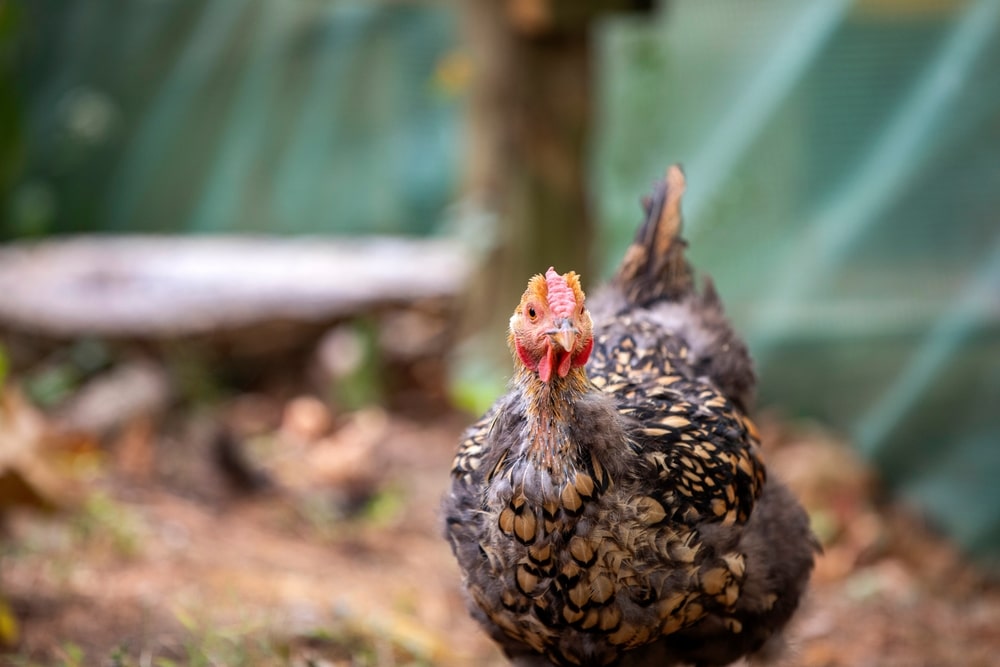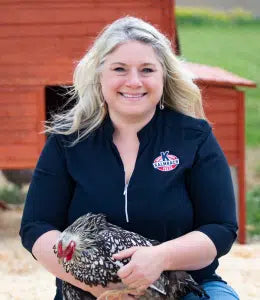Why is My Chicken Molting in Winter?

Molting is a natural and necessary process for chickens but can concern flock owners, especially during the colder months. If you’ve wondered why is my chicken molting in winter? - you’re not alone. This guide will explain the reasons behind winter molting, its impact on your flock, and how to keep your chickens healthy and thriving through the season.
Understanding Chicken Molting in Winter
Molting is an annual process in which chickens shed old feathers and grow new ones. Typically brought on by decreased daylight hours, molting allows hens to replace worn feathers with fresh ones, providing better insulation for the winter months ahead. However, this process requires significant energy, redirecting resources from other functions such as egg production.
Causes of Chicken Molting in Winter
Several factors contribute to chickens molting during winter:
- Changes in Daylight: The decrease signals chickens to molt as daylight hours shorten in late fall and early winter.
- Stress factors: Poor diet, sudden environmental changes, or predator threats can trigger molting at unexpected times.
- Age and Cycle: Chickens typically experience their first molt around 18 months and then molt annually. Depending on their environment, this schedule may align with winter.
Winter Nutrient Demands
Proper care during winter molting is essential to ensure your flock remains healthy. Below are actionable tips to help your chickens stay comfortable and strong during winter.
Provide a Nutrient-Rich Diet
- Opt for a high-protein feed to support feather regrowth. Look for chicken feed formulations containing at least 20% protein.
- Offer treats like mealworms or suet cakes sparingly to provide extra energy and protein.
- Offer calcium supplements separate from their complete food, as these supplements are less critical when hens are not laying eggs.
Why High-Quality Feed Matters
Winter is not the time to skimp on feed quality. Low-cost, minimally formulated feeds may not meet the increased nutritional demands of molting and cold weather. Invest in a high-quality feed to ensure your chickens receive the nutrients they need to stay healthy and maintain energy reserves.
Keeping Your Chickens Healthy in the Winter
A chicken molting in winter is nothing to be concerned about as long as you take common-sense steps to prepare your flock for the winter months, especially if you experience frigid temperatures.
Avoid Overhandling
Molting chickens grow sensitive pin feathers, which are delicate and prone to damage. To avoid causing discomfort or stress, minimize handling.
Optimize Coop Conditions
- Ventilation: Ensure proper airflow to prevent moisture buildup, which can lead to frostbite or respiratory issues.
- Insulation: Check the coop for cracks and holes. Seal them to block drafts and keep the coop warm and dry.
- Perches: Use low wooden perches, such as 2x4s, to allow chickens to cover their feet with feathers for warmth.
Keep Water from Freezing
To keep water drinkable, use heated waterers or add floating objects, like ping-pong balls. Frozen water is inaccessible and can lead to dehydration.
Encourage Natural Roosting Behaviors
Molting chickens may lose heat more quickly than chickens with all their feathers. Rearranging the flock at night to ensure molting chickens are flanked by their fluffiest coop mates provides natural warmth for your less-than-feathered friends.
Deep Litter Method
Use deep layers of straw or shavings in the coop to create natural insulation. The decomposition process generates warmth, helping keep chickens comfortable.
Avoid Common Mistakes
- Don’t Use Sweaters: Putting a sweater on a molting chicken can irritate sensitive pin feathers.
- Don’t Bring Them Indoors: Chickens acclimate to cold temperatures. Bringing them indoors disrupts this natural process and can lead to stress when returning them to their coop.
Prepare and Enjoy the Season
Winter doesn’t have to be a stressful or scary time if you’re a poultry keeper. Birds are amazingly adaptive and covered in nature’s best insulator – feathers!! They can adjust and thrive during the winter. However, we do need to make sure we are giving them the best possible chance for a smooth transition with high-quality feed and good nutrition. Cheap feed options are often formulated to the absolute minimum requirements and won’t provide enough nutrition for the changing environmental conditions and the increased nutrient demands that often come with winter. The best way to prepare your birds for winter is to make sure they are getting good-quality feed and have a cozy coop.
Molting is a normal part of a chicken’s life cycle and a sign of their body’s resilience and adaptability. With proper care, your flock can thrive through the winter and emerge stronger in the spring. Remember to prioritize nutrition, warmth, and a stress-free environment for your birds.
At Kalmbach Feeds, we’re committed to helping you keep your flock healthy and happy. Please reach out if you have questions about feed options or winter care. Let’s make this season enjoyable for you and your feathered friends.
